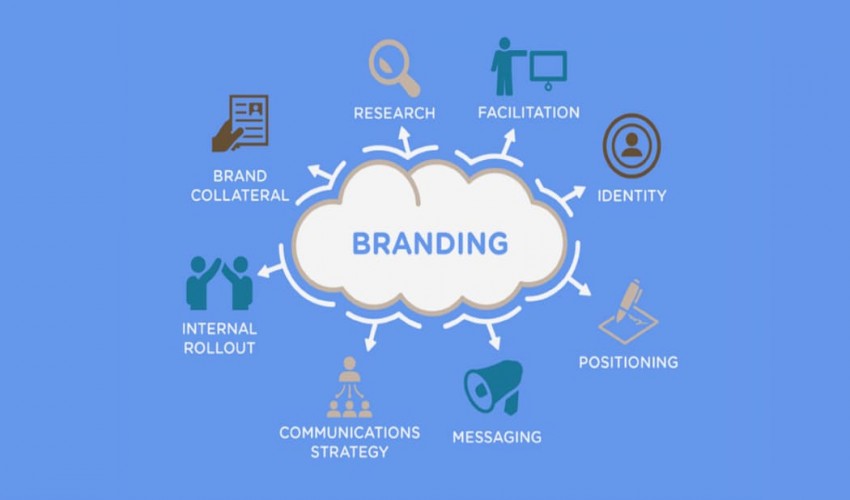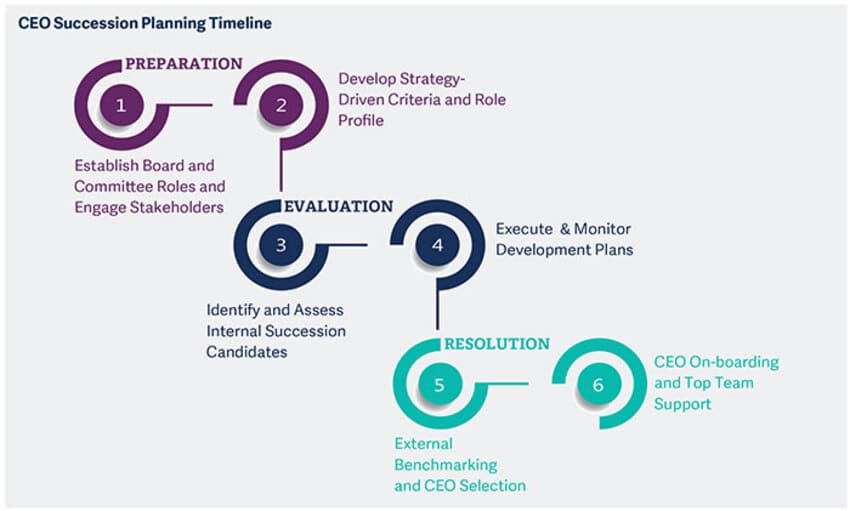Logistics and Supply Chain Management
6
The Numerous Advantages and Drawbacks of Brand Consolidation
- Rating
- rebranded
- brands
- acquisitions
- consolidate
Consolidation of brands is usually seen as a problem only for large corporations. Consider Amazon's recent acquisition of Whole Foods for $13.7 billion. Will it be a good idea for Amazon to stamp its brand on Whole Foods stores? However, problems with branding occur much more often at medium and small businesses. When one medical clinic absorbs or merges with another, when one manufacturer purchases another producer, or when one accounting business decides to start anew with a new name, all of these examples include rebranding.
Having studied the successes and failures of other companies in this sector, and having worked in the field of company branding myself, I can attest to the fact that there are several opportunities for missteps. Only around one-fifth of brand mergers are successful, according to one research.
In this article, I examine the benefits and drawbacks of merging smaller and medium-sized companies, and I provide the instance of a serial consolidator who has found success in the professional services industry. This gives you some guidelines on how to go forward with any brand mergers you may be considering.
Influence in the Industry
For starters, larger companies tend to make a greater impression on consumers and businesses alike. This is the same as having a large "share of mind," as when someone says "accounting company," you could immediately think of KPMG. The same holds true for less substantial establishments. Mistral Medical Centre (not its actual name) in Australia, for instance, is twice as large as it was when it acquired and rebranded another clinic. Individuals that may benefit from it are more likely to learn about it.
Contrarily, there is another aspect to this narrative that you should take into account. John is the chief executive officer of a concrete company that does not merge acquired brands. Consumers in this sector are naturally wary and resistive to change. Moreover, they are attached to the established brand and worry that their reliable connections may be replaced. John's business model relies on acquiring rivals and maintaining the status quo of their respective brands. As he puts it, "little do people realize that when they purchase the opposition's goods, they are helping to our company's bottom line."
The cosmetics business is another sector that has avoided brand consolidation. L'Oréal, the biggest cosmetics manufacturer in the world, offers a wide variety of popular cosmetics under a variety of different brand names. It has grown in part due to strategic mergers and acquisitions carried out during the last decade. Among the most up-to-date are the Japanese dermatological company Takami Co, the Italian fashion house Valentino, and the American brand names Modiface and Valentino. Instead than succumbing to pressure to consolidate its 36 worldwide brands, the firm has chosen to focus on long-term profitable development through all of its brands.
Reduced expenses
As for the pluses: In today's business world, it's not cheap to keep up a name brand in the realm of professional services. The demands of the web and social media are major factors here. There is constant pressure to make sure your brand's message is "out there" and "stays in people's faces." Additionally, manpower is essential. Getting rid of superfluous brands is an easy way to save money by eliminating duplication.
For a legal business with offices all throughout the country, Rebecca serves as the marketing manager. She went through the steps necessary to preserve the company's reputation. She and her three assistants are responsible for everything from maintaining the company's website to buying ads on Google and Facebook to sending out frequent and informative "emailers" to customers to creating "socials" three to four times a week on LinkedIn, Facebook, and Instagram. It would be costly, time-consuming, and difficult to maintain that standard for several companies.
Consolidating brands doesn't always result in savings and might instead cause a drop in sales. You may have made an expensive mistake if the merged brand's income is lower than the sum of the individual brand's revenues. Potentially motivating this is the reputational harm that results from rebranding. Worker discontent and the ensuing loss of motivation add another, less obvious cost. Staff turnover is another potential outcome of brand consolidation.
Fresh Look
One advantage is that switching out two brands for one third allows for brand consolidation. When Price Waterhouse and Coopers & Lybrand combined to become PwC, they became one of the four largest accounting companies in the world. At times, people do this to symbolize a new beginning.
But this strategy might backfire if you don't bring your current clientele and employees with you. It's possible that consumers may either forget the previous brands, be unable to locate the new ones, or just detest the transition. PwC Consulting is a well-known example of this watchful division of PwC. The company stated on Monday that PwC Consulting will be renamed in an effort to give it a new beginning. The idea behind the name was to convey the feeling of a fresh start to the week. The public, the press, and the employees all poked fun at the new moniker. In the following months, PwC sold its entire consulting division to IBM.
Reaching the Proper Conclusion
A serial brand consolidator may serve as a model for how to approach these problems and find solutions. Hutchison is a fictional company whose CEO and founder is Gerry. A total of 28 of his outlets may be found in every state of Australia. Gerry has taken a dual strategy for development. His goals are twofold: one, to expand his current locations, and second, to buy up other local accounting shops.
After investigating the need for accounting services, Gerry discovered that his potential clients are not searching for a specialized or nuanced brand. They would rather have fame, stability, and a well-known brand. He doesn't see any need to continue using the names of the businesses he acquires. He responds, "That would just make everything more difficult."
He hopes that by doing so, he will convince both his current clientele and the market at large that he is starting again. Immediately, as he puts it, "We take the band-aid off." On day one of the new business's operation, for instance, the website is updated. But he is cautious to lay the foundation with his team and customers first. Otherwise, we risk the same fate as previous companies that have gone before us, as shown by studies and real-world experiences.
By purchasing an accounting firm, a company may save money via consolidated marketing efforts, streamlined phone and receptionist operations, and shared data storage and processing resources. To paraphrase Gerry: "Future progress is founded on that idea."
Gerry, though, understands that a company's customers and employees may abandon it if it attempts to consolidate its brands and cut costs too much. When the combined sales of the merged brands are lower than the sales of each brand individually, the merged business has experienced a loss due to the process of brand consolidation. For this reason, "it's crucial to track any losses or gains," as Gerry puts it.
Gerry always includes a "delayed payment" in the purchase. If the forecasted revenue materializes as expected, he pays 80% of the purchase price at settlement and the remaining 20% at 12- and 24-month intervals. It protects against any "leakage," as Gerry calls it.
Gerry's third rationale for brand consolidation is to update the company's public perception of its traditional methods of doing business. But this doesn't always work out, and Gerry knows he has to make sure his regulars are on board.
In his opinion, it is essential to inform customers of any changes through phone call. He makes it very apparent that maintaining current customers through a brand consolidation via conversation is essential. It's recommended by Gerry that this "happen a month or two before the practice purchase date. A letter or email won't suffice. Any kind of verbal communication is acceptable, including but not limited to the telephone and in-person meetings.
The new proprietors of Gerry's practice are responsible for this. He explains that the purpose of the letter is to inform clients that the practice is undergoing some changes but that the partners will remain the same and that from this point forward they will be communicating with Hutchison. He says, "This verbal engagement allays any anxieties that customers won't be cared after or that service standards would deteriorate."
Gerry is extra-concerned that his workers "be briefed thoroughly." One reason for this is because in a service industry business, connections are crucial. It's because "clients normally have a personal and long-term connection with a specific accountant or bookkeeper," he says. Concerns from employees must be addressed, especially in light of the fact that Gerry's budget cuts will inevitably result in layoffs. The consequences of failing to manage such shifts can have far-reaching effects on the profitability of an accounting practice, even in a small town.
Leave a Reply
Your email address will not be published. Required fields are marked *


